Fiio sells products in about a dozen categories, but the brand’s budget DACs and IEMs contribute meaningfully to its bottom line. There’s been a lot of excitement happening in this space in recent months, with Fiio launching a number of new models in its range of adapter DACs and the brand now focusing on its Bluetooth products.
While the KA11 and KA13 offer clean sound in tiny chassis, they need to be plugged in – you don’t get Bluetooth connectivity. Thankfully, if you want a Bluetooth DAC, the brand has the BTR5 and BTR7, and both are highly rated; I use the BTR7 extensively. Now, there’s a new entrant into the field: the BTR15.
Although the naming convention suggests that the BTR15 is supposed to be the flagship, it is an updated model of the BTR5 with a host of enticing features. It has the same design as the BTR5, but has a larger OLED panel, an updated Bluetooth modem with Bluetooth 5.1, and is capable of delivering up to 340mW of power, which is more than the BTR7.
The best part? The BTR15 retails for only $109, which is lower than the launch price of the BTR5.
Note: This review was completed through the review unit provided by Fiio. The brand had not seen the comments before publishing.
Fiio BTR15: Pricing and Availability
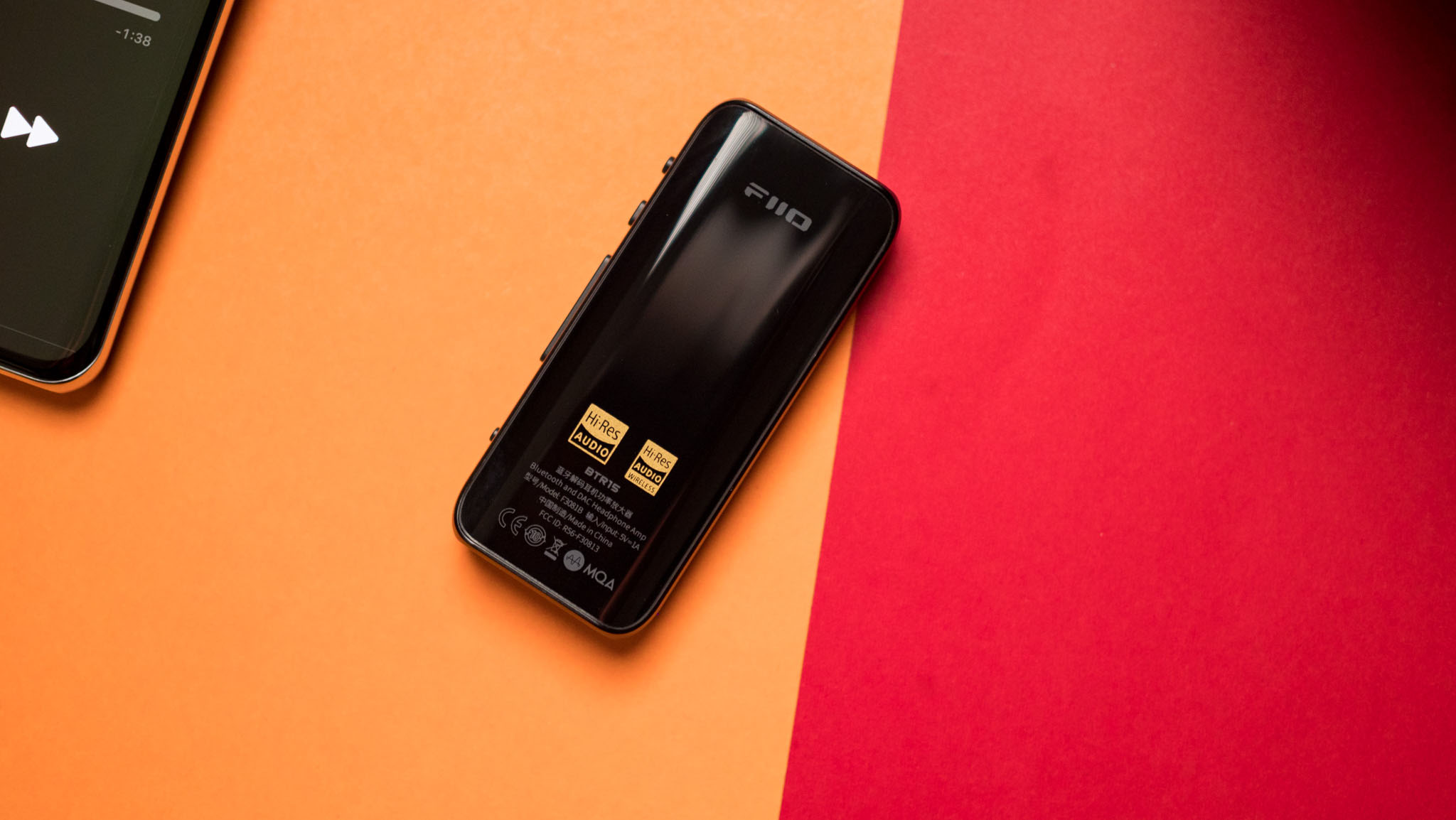
Fiio launched the BTR15 back in October 2023, and the DAC is now available globally. In the US, the DAC sells for $109 on Amazon, and you can buy it from a variety of audio retailers. The DAC is priced at £114 in the UK and Rs 9,999 ($120) in India.
FiiO BTR15: I like it
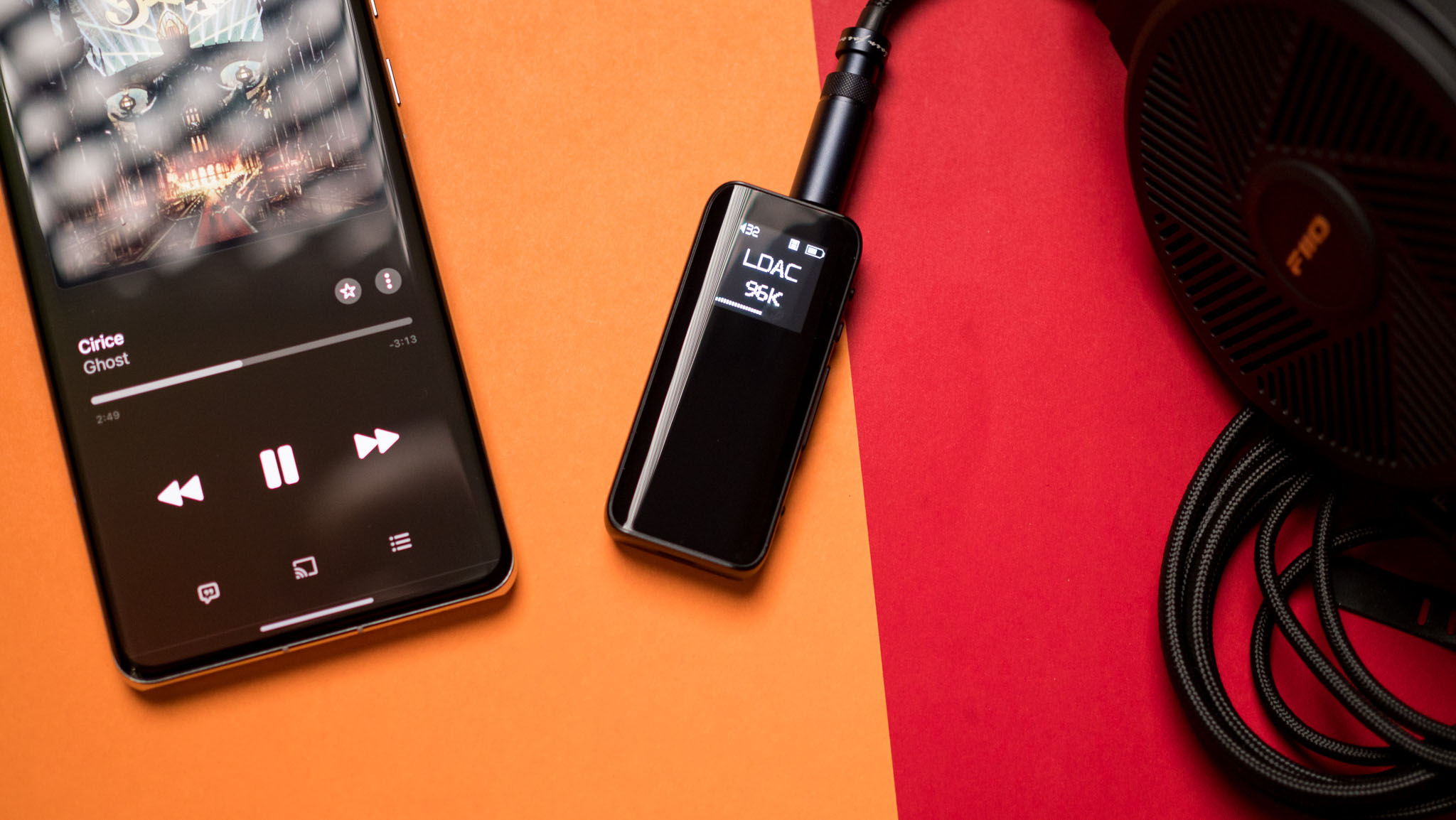
Fiio really doesn’t like to change the design of its products between generations, so the BTR15 shares a lot of design similarities with the BTR5. Both have the same double-curved aesthetic — similar to the best Android phones — and have glass coatings on both the front and back panels.
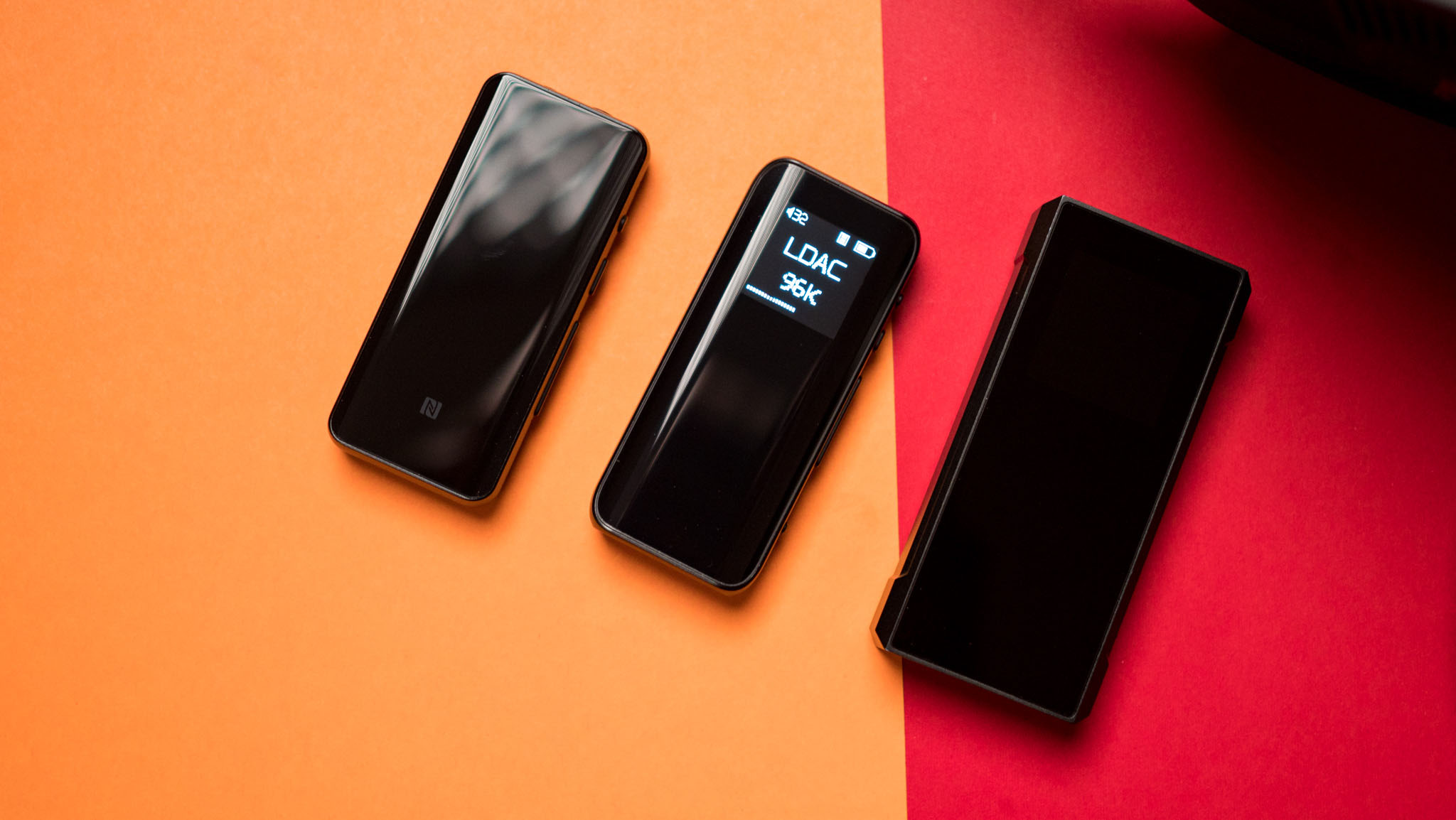
The rest of the chassis is made of aluminum and has beautiful build quality. The design itself is quite elegant, giving the BTR15 a sense of sophistication that belies its price tag. I’ve been using the DAC for three months and haven’t noticed any build quality issues.
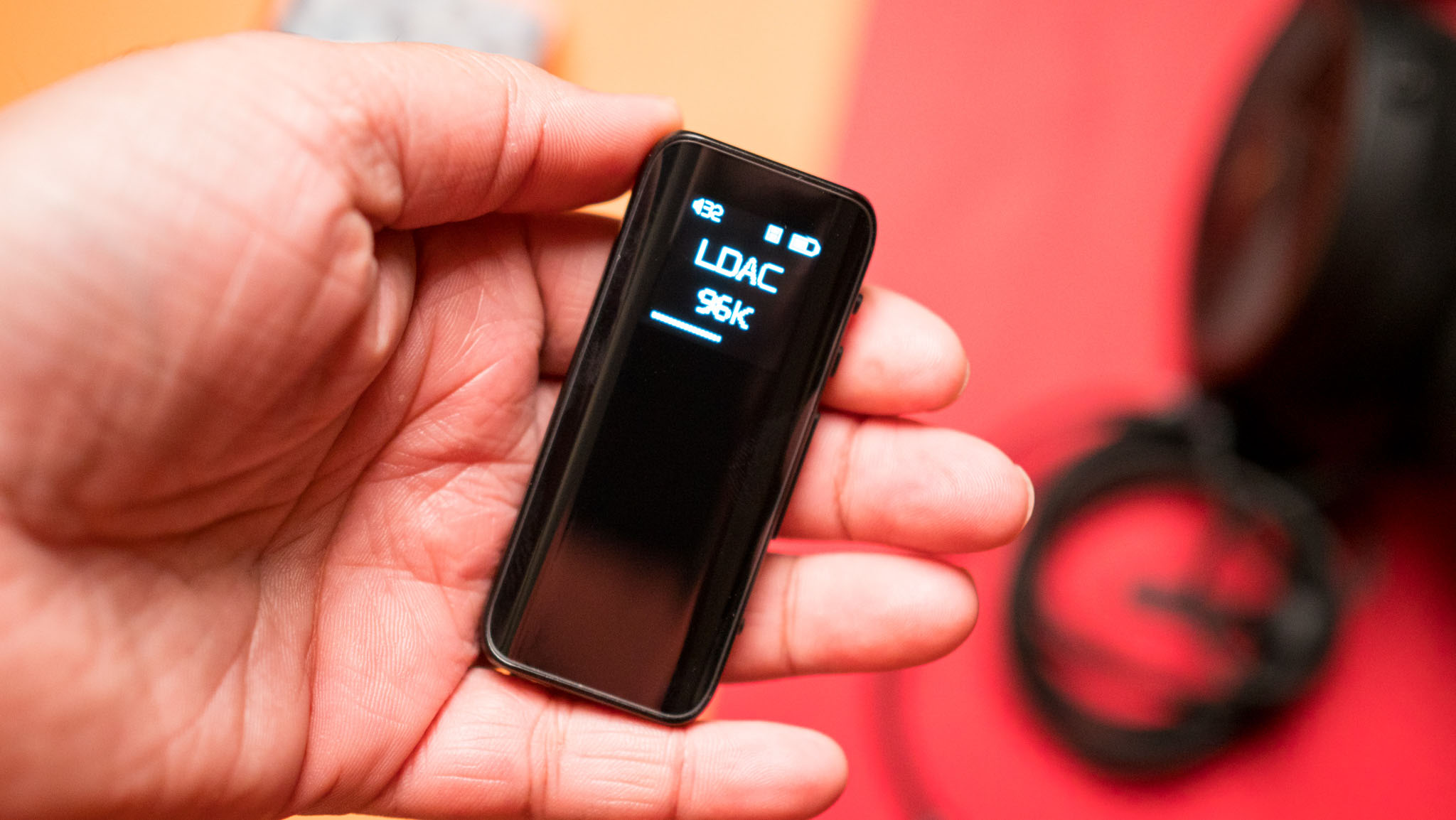
Weighing only 37.3 grams, the BTR15 is small enough to fit in your pocket, making it a great choice. It’s slightly narrower and thicker than the BTR5, but other than that, the design is basically the same.
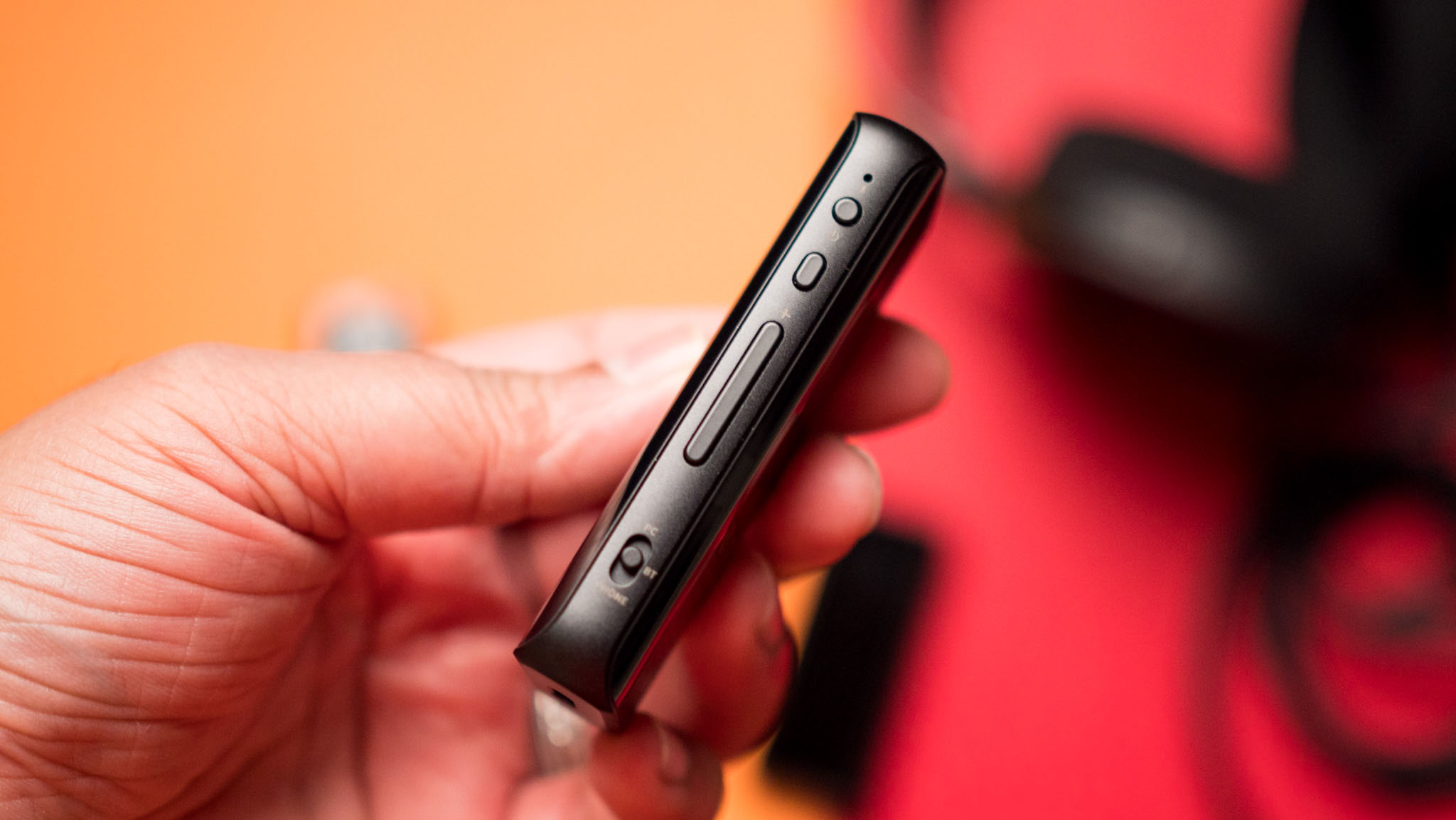
With all the buttons on the right side, there’s a lot to cover. There’s a power button, a multifunction button, a volume rocker, and a toggle that lets you switch between Bluetooth, PC, and phone modes. The buttons are small but have good tactile feedback.
All the connections you need
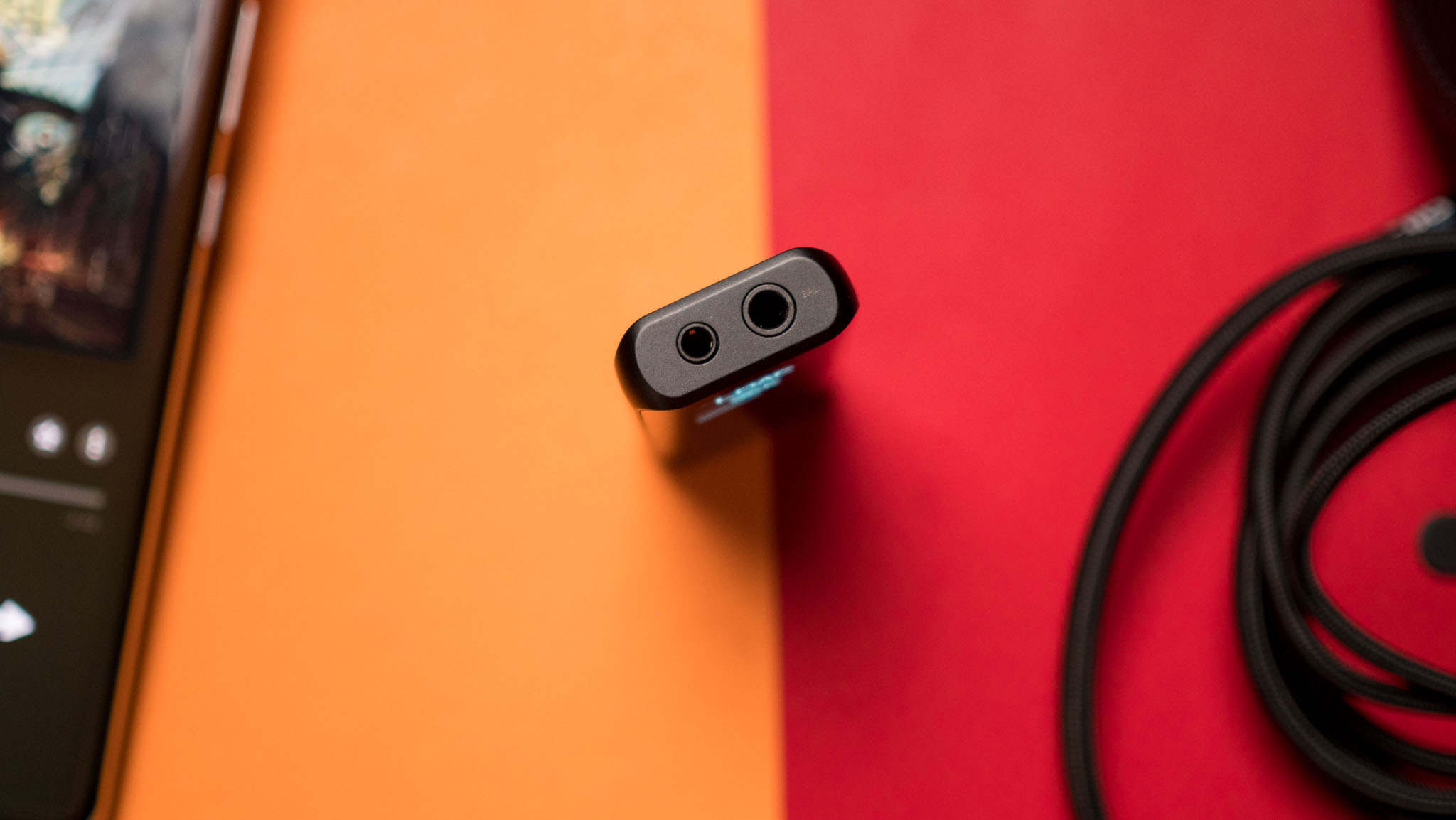
The main difference from the BTR5 is that the BTR15 also has a 4.4mm port alongside the standard 3.5mm port. The BTR5 has a 2.5mm port for balanced connections, but thanks to the inclusion of a 4.4mm port you can use the BTR15 with a wider range of products, including headphones.
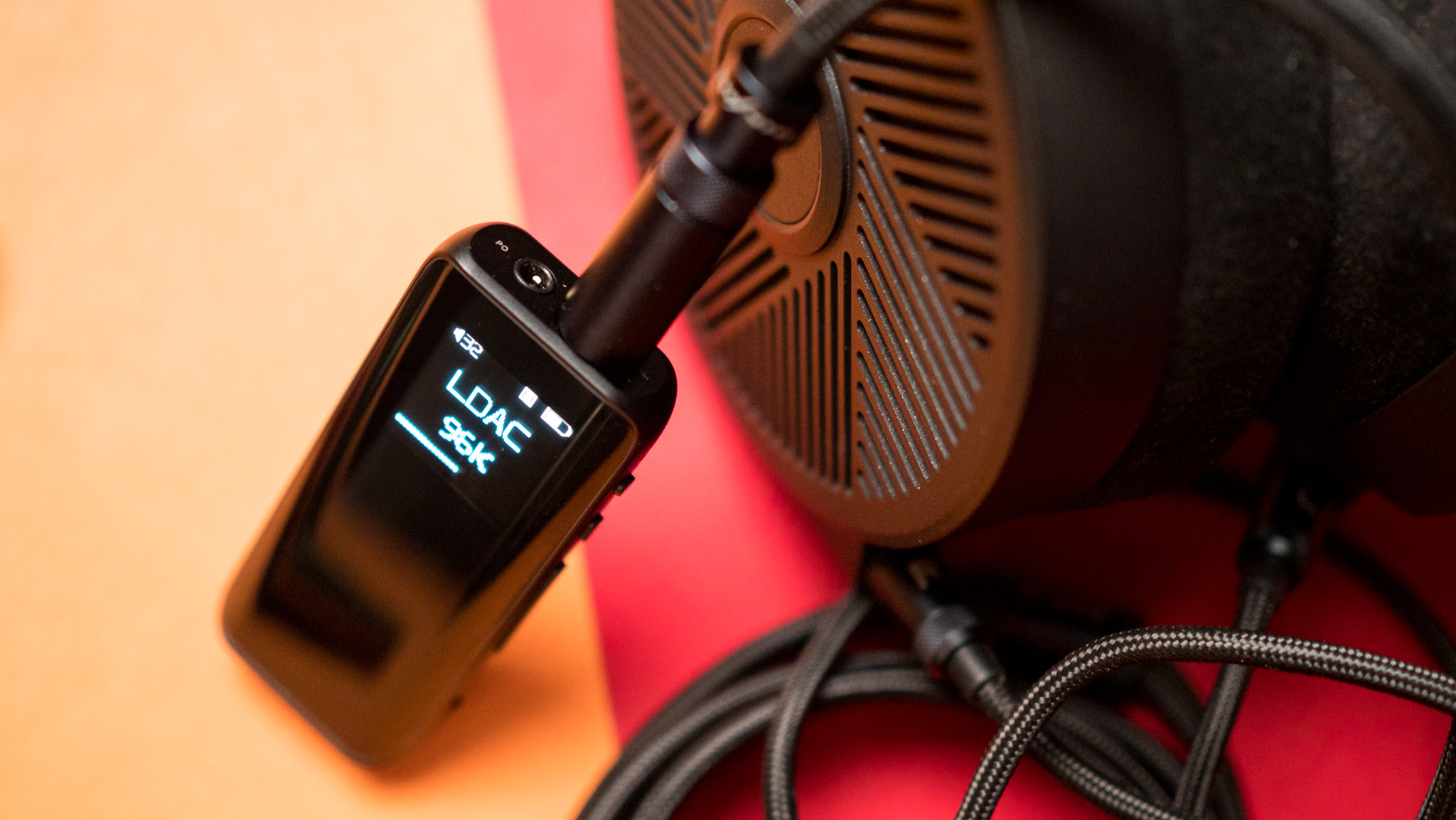
You can connect the BTR15 to your phone via Bluetooth or USB-C, and the DAC uses Qualcomm’s QCC5125 modem to provide Bluetooth 5.1 connectivity. This is the same modem used in expensive DACs like the Q15 and K9, so it’s great to see Fiio bringing it to a budget offering.
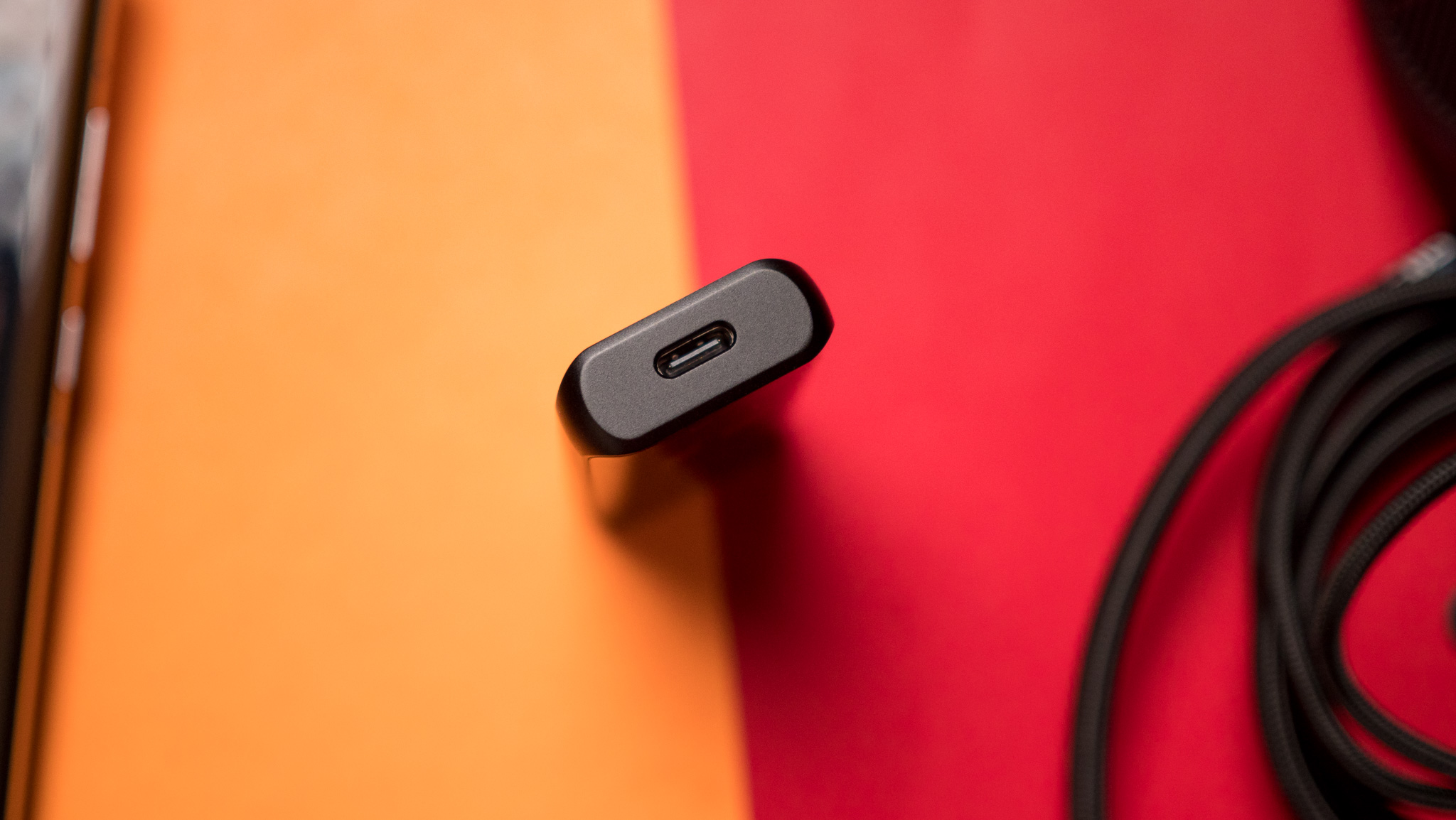
In addition to greater range, the QCC5125 unlocks high-resolution audio codecs; you get LDAC as well as the full suite of AptX codecs, including AptX, AptX LL, AptX Adaptive, and AptX HD. The BTR15 is equipped with a 550mAh battery that can last for more than six hours in LDAC mode.
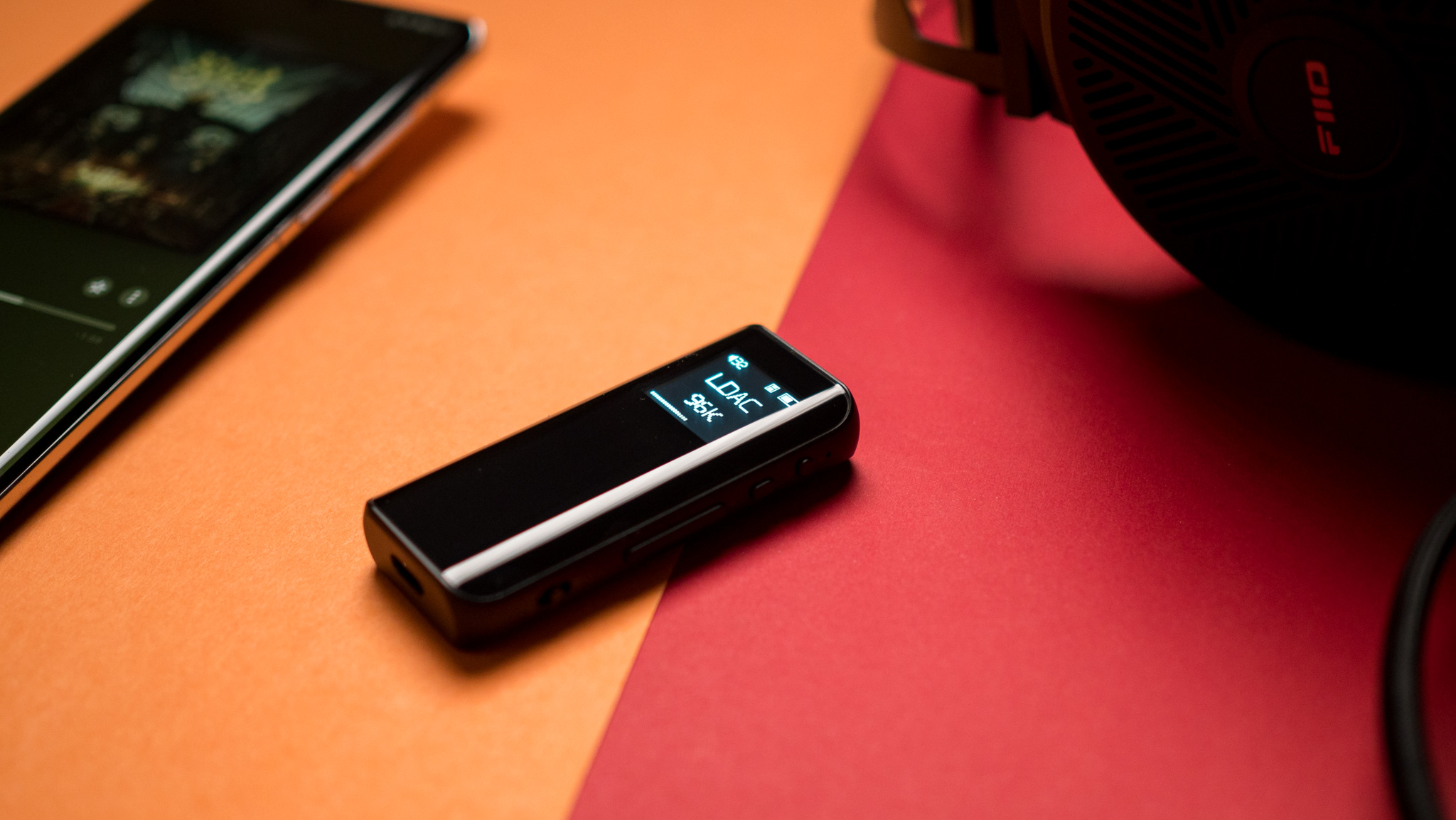
Another major difference is the screen; the BTR15 has a larger 0.96-inch OLED panel with higher text contrast, making it easier to read outdoors. You can use the screen to navigate settings, including adjusting gain, adjusting the equalizer, switching to built-in car mode, and more. You can also change all settings using the Fiio Control app.
The default screen shows the currently used mode, volume, gain and battery indicator. This screen gives the BTR15 a clear advantage over the KA series adapter DACs.
Excellent sound quality

The BTR15 features dual ESS ES9219MQ DACs, with the USB side handled by an XMOS XU316. It’s up to 384kHz/32-bit via PCM and has DSD256, but the features it offers set it apart from the competition with the BTR5 and even the BTR7.
The BTR15 is capable of delivering 165mW at 16Ω and 125mW at 32Ω via the 3.5mm port, while when using the balanced 4.4mm port, power is up to 270mW at 16Ω and 340mW at 32Ω. It’s more powerful than the BTR7 in this regard, and is capable of driving almost any IEM on the market, as well as planar headphones like the FT5.
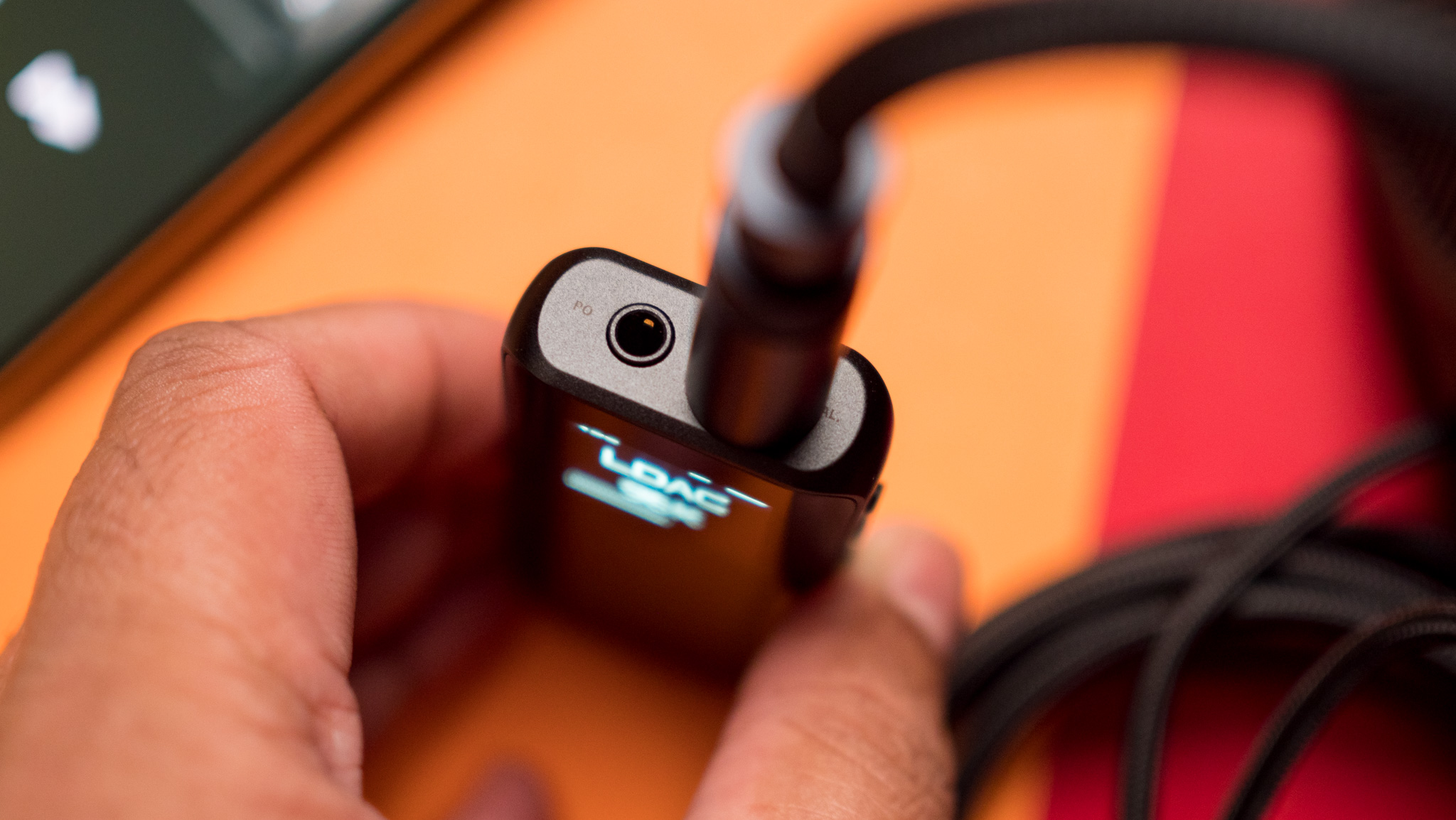
Sonically, the BTR15 has the same clean sound as the brand’s budget DACs, and you get a hint of warmth that makes using it a pleasure. I tested the DAC with the Fiio FX15 and FT5, and both proved to be a good match; the BTR15 was able to deliver vibrant bass and good texture, unlocking the FX15’s potential. The mid-range is natural and clear, and the clarity of vocals is very good.
The treble is delicate and full of air. The biggest difference from BTR5 is that BTR15 has better overall resolution.
Fiio BTR15: What I don’t like
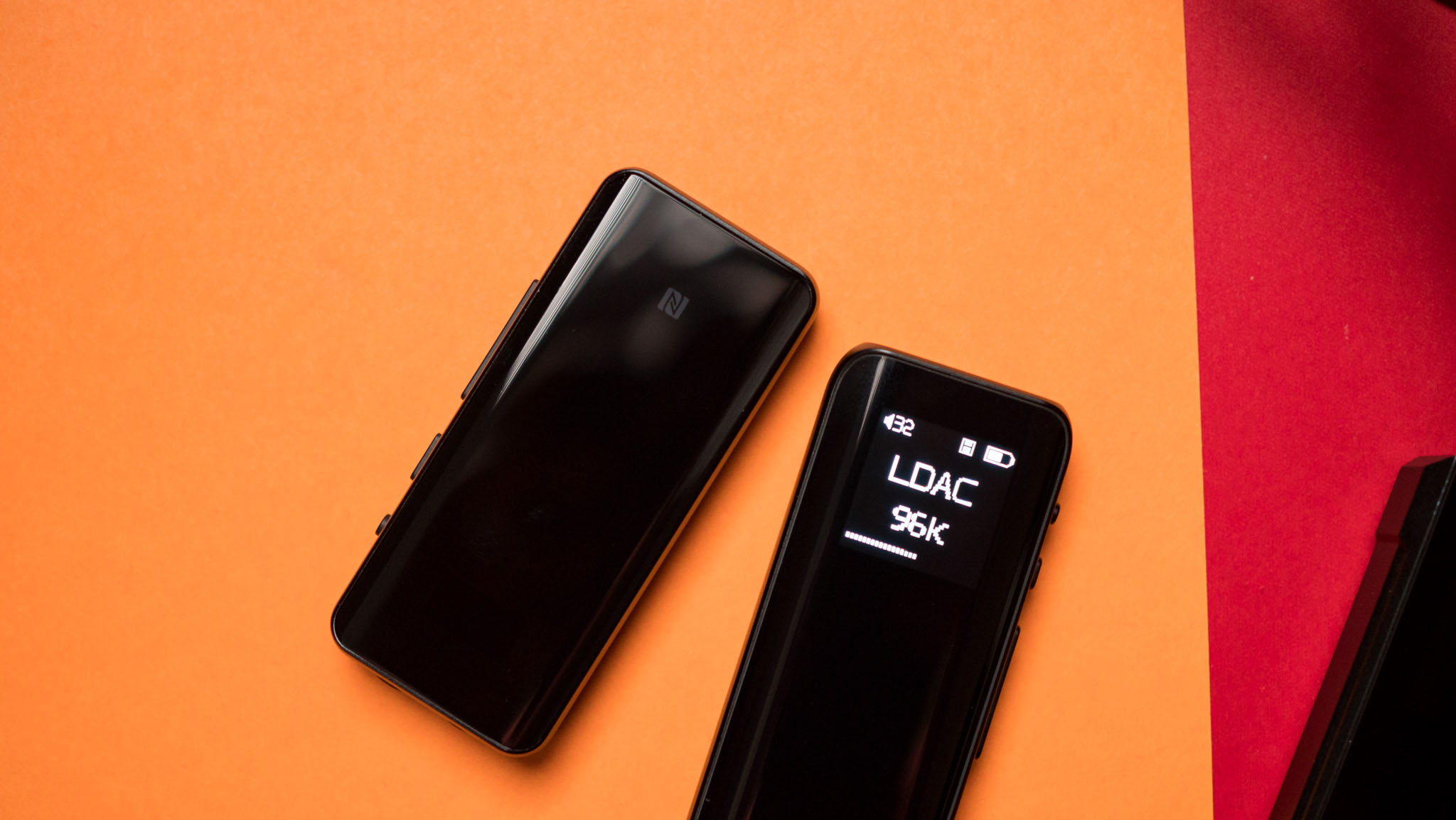
There’s really nothing to criticize about the BTR15. My only gripe with the design is that the glass panel stains easily and the back can easily get scratched if you carry it around in your pocket. This can be mitigated by using bundled clear boxes.
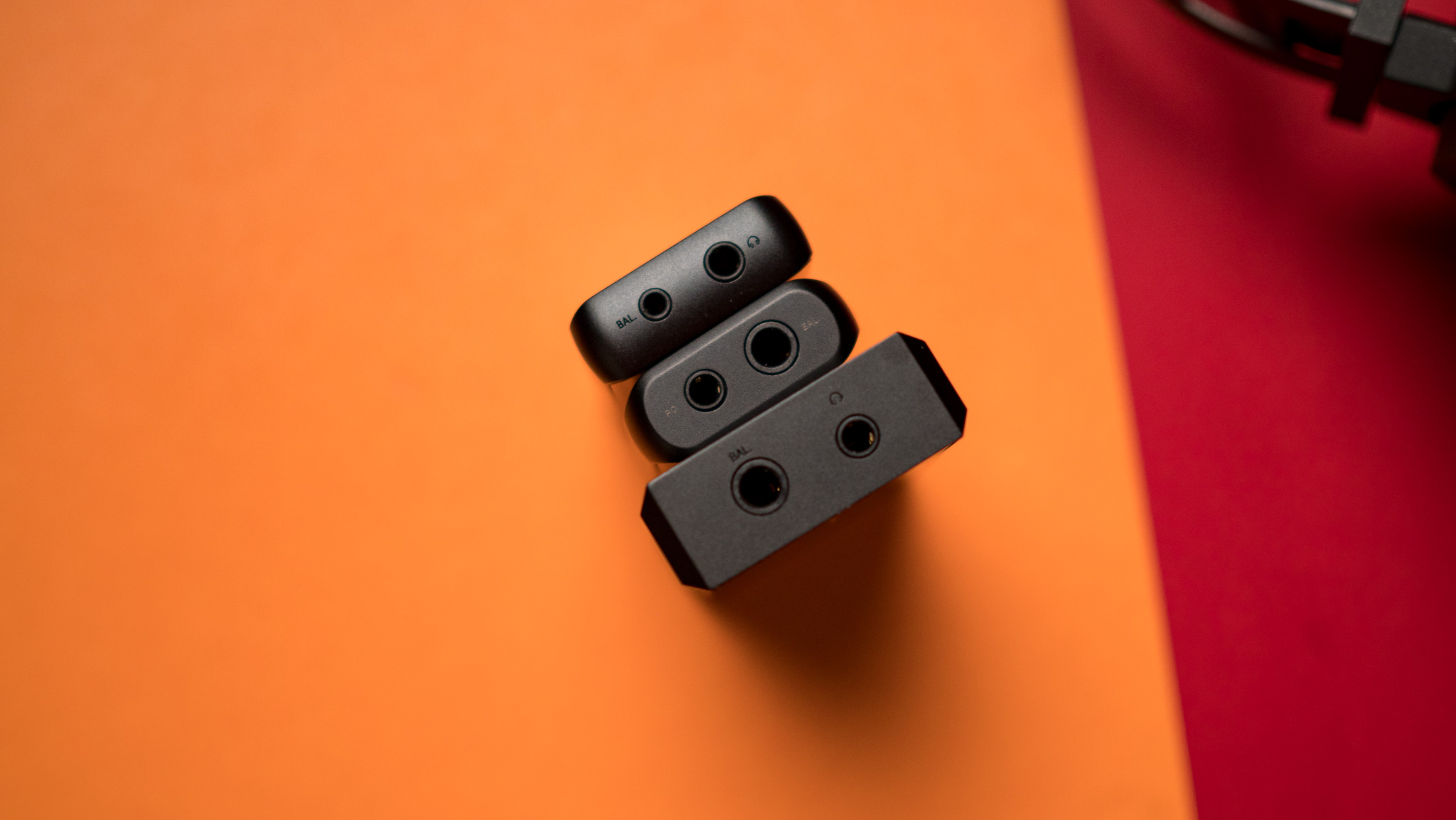
The BTR5 has a great option to easily connect to your phone using NFC, which the BTR15 lacks. It’s not a huge omission per se, but it’s a cool feature. Additionally, there is no longer a USB-C to Lightning cable in the box; with the iPhone 15 models switching to USB-C, Fiio decided to only bundle a USB-C cable and a USB-A adapter in the package, so if If you have an older iPhone, you’ll need to purchase a small USB-C cable and USB-A adapter. USB-C to Lightning cable.
Since there is no fast charging feature, it takes almost two hours to charge the DAC even though the BTR15 has a small 550mAh battery. My Magic 6 Pro’s battery is almost ten times larger and takes less than an hour to charge. Obviously, the BTR15 is designed to last a lot longer than the phone, and it makes sense that Fiio would want to extend the battery life, but up to 10W fast charging would be different – currently, it can only go up to 5W.
FiiO BTR15: Should you buy it?
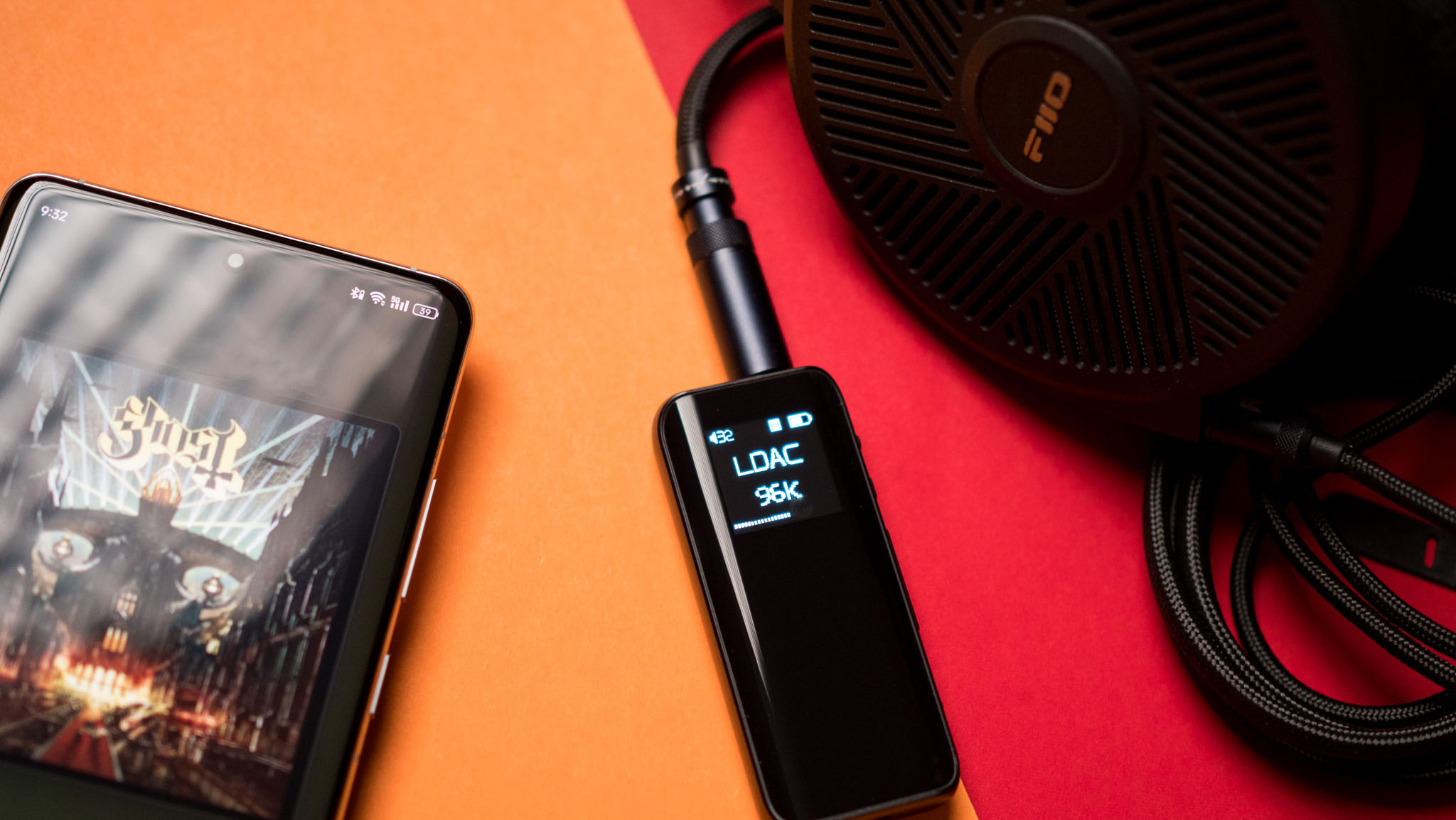
You should purchase this product if:
- You need a Bluetooth DAC with enough power
- You need a balanced 4.4mm port
- You want good battery life
- You need a DAC that fits in your pocket
You should not purchase this product if:
After switching from the BTR5 and BTR7 to the BTR15, it’s easy to see that Fiio is the winner. This DAC delivers clean sound and retains many of the same tonal characteristics as the BTR7, and the enhancements on offer make it a better choice if you’re interested in a Bluetooth DAC for use with headphones.
Then there are the values to consider. As of this writing, the BTR15 sells for $109, making it the best value in the brand’s DAC portfolio. It managed to outperform the BTR5 by a wide margin and score a significant win against the more expensive BTR7, which is no small feat.
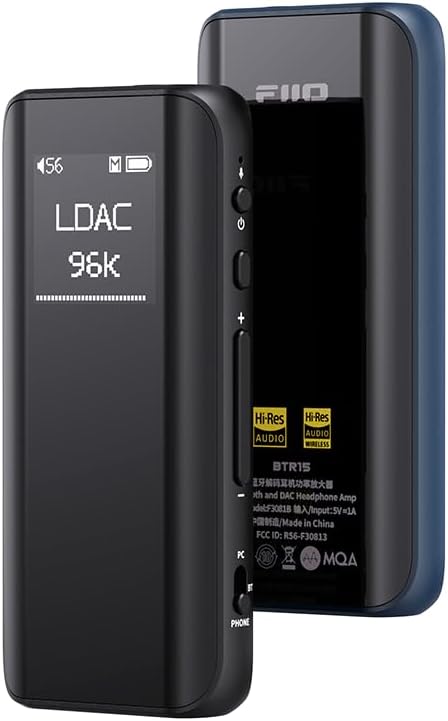
The BTR15 is even more powerful than the BTR7, making it a good choice if you have a more demanding headset.